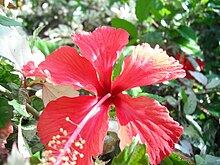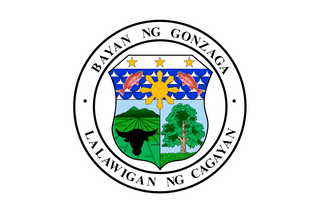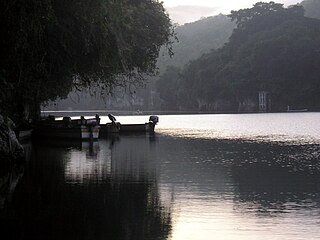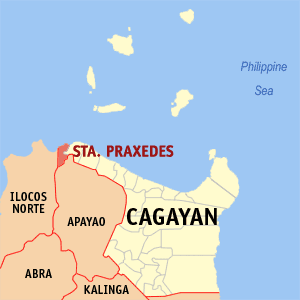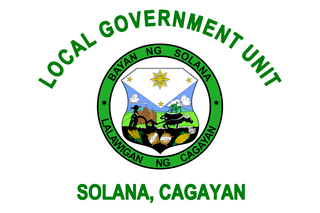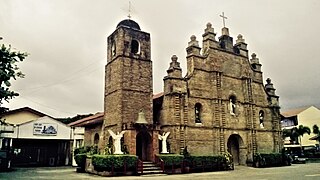This article needs additional citations for verification .(January 2014) |
Rizal Malaueg | |
|---|---|
| Municipality of Rizal | |
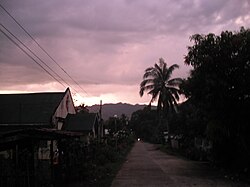 Sunset in the Mount. Annaguan | |
| Motto(s): Tanu napakesan nonta nasiksikan Rise Up Malaueg | |
 Map of Cagayan with Rizal highlighted | |
Location within the Philippines | |
| Coordinates: 17°50′52″N121°20′42″E / 17.8478°N 121.345°E | |
| Country | Philippines |
| Region | Cagayan Valley |
| Province | Cagayan |
| District | 2nd district |
| Founded | 1522 |
| Named for | José Rizal |
| Barangays | 29 (see Barangays) |
| Government | |
| • Type | Sangguniang Bayan |
| • Mayor | Atty. Joel A. Ruma |
| • Vice Mayor | Atty. Brenda B. Ruma |
| • Representative | Baby Aline Vargas-Alfonso |
| • Electorate | 12,937 voters (2022) |
| Area | |
| • Total | 124.40 km2 (48.03 sq mi) |
| Elevation | 179 m (587 ft) |
| Highest elevation | 847 m (2,779 ft) |
| Lowest elevation | 36 m (118 ft) |
| Population (2020 census) [3] | |
| • Total | 19,077 |
| • Density | 150/km2 (400/sq mi) |
| • Households | 4,485 |
| Economy | |
| • Income class | 5th municipal income class |
| • Poverty incidence | 32.16 |
| • Revenue | ₱ 105.3 million (2020) |
| • Assets | ₱ 133.7 million (2020) |
| • Expenditure | ₱ 90.38 million (2020) |
| • Liabilities | ₱ 25.45 million (2020) |
| Service provider | |
| • Electricity | Cagayan 1 Electric Cooperative (CAGELCO 1) |
| Time zone | UTC+8 (PST) |
| ZIP code | 3526 |
| PSGC | |
| IDD : area code | +63 (0)78 |
| Native languages | Malaueg Ibanag Itawis Ilocano Atta Tagalog |
| Website | www |
Rizal, officially the Municipality of Rizal, is a 5th class municipality in the province of Cagayan, Philippines. According to the 2020 census, it has a population of 19,077 people. [3]
Contents
- History
- Spanish regime
- American period
- Japanese occupation
- Post-independence
- Geography
- Mountains
- Barangays
- Climate
- Demographics
- Economy
- Government
- Local government
- Elected officials
- Education
- Tourism
- Infrastructure
- References
- External links
Rizal, being on the border of Cagayan and Apayao provinces, has a cool climate similar to Baguio's. It attracts excursionists and vacationists anytime, especially in summer.
Rizal is home to Cagayan's legendary figures – Biuag and Malana – who were said to have fought their epic battle for supremacy over the hand of the beautiful "Maguinganay" by swapping volleys of uprooted trees and live cattle. Their hangouts, two high mountains and a steep trail called "escolta" from where they uprooted trees to hurl at one another, can still be seen in Malaueg (Rizal).
Local crops are corn, rice and tobacco. It is known before of its specie[ clarification needed ] as "Matalag", which means men and women alike to go for its aroma and suaveness. Its bananas and mangoes have become a good source of revenue.






